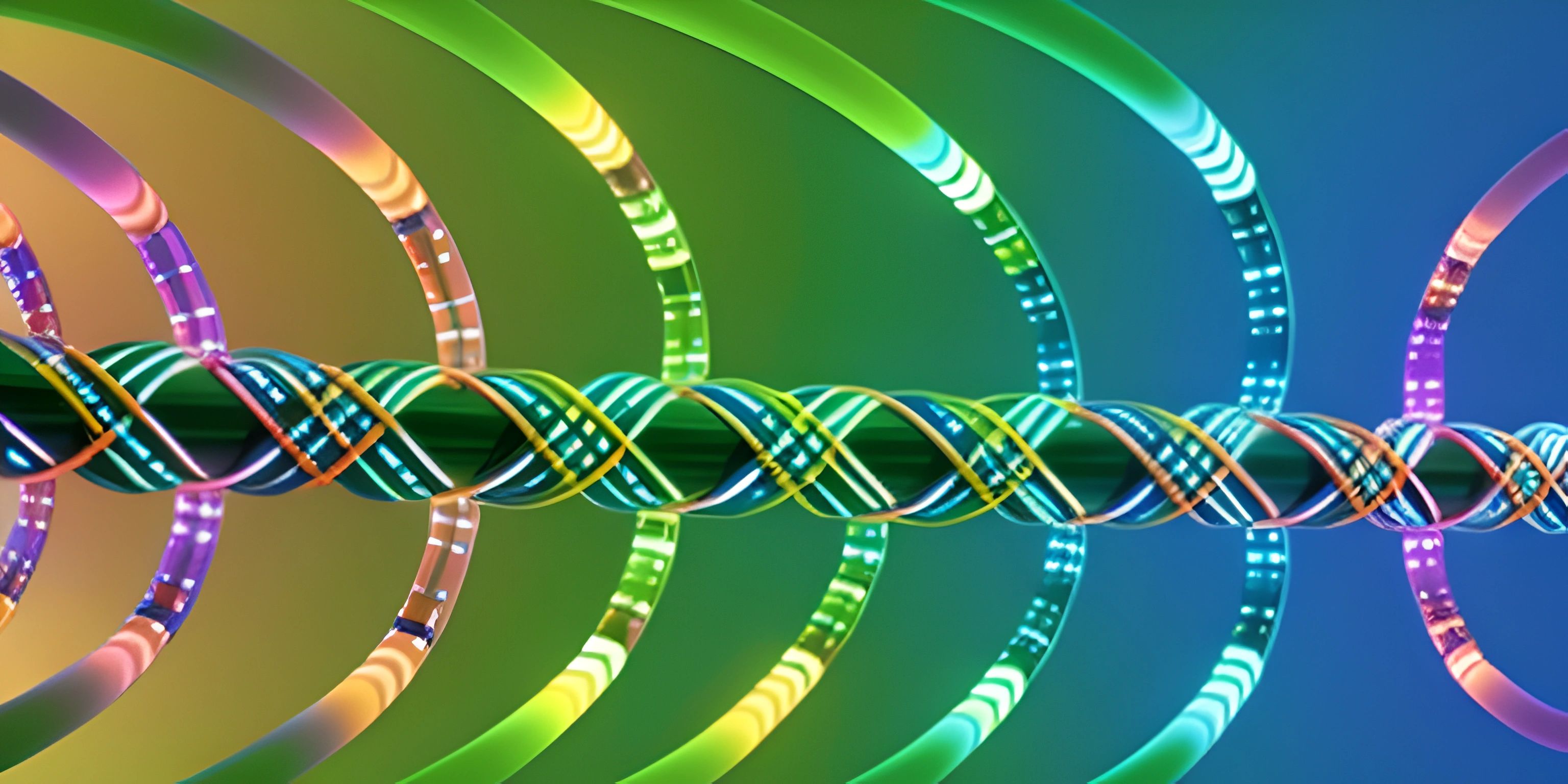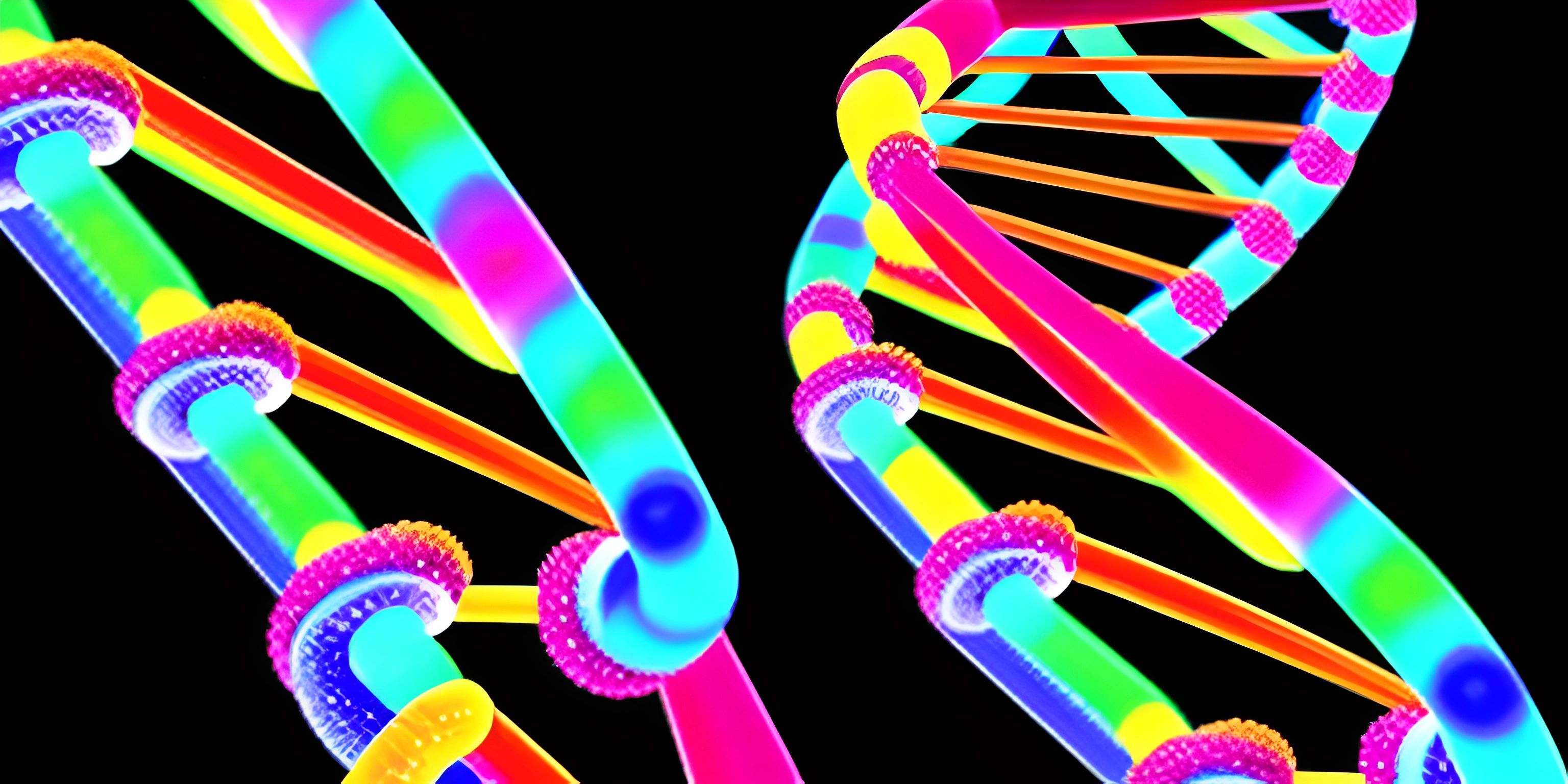Genetic Algorithms for Optimization Problems

Note: this page has been created with the use of AI. Please take caution, and note that the content of this page does not necessarily reflect the opinion of Cratecode.
Optimization problems can be quite challenging to solve, especially when the search space is vast or the problem has multiple constraints. Genetic algorithms (GA) can come to the rescue, offering a powerful heuristic approach to find near-optimal solutions in such situations. Inspired by the process of natural selection, genetic algorithms use the concepts of reproduction, mutation, and selection from the realm of biology.
A Brief Introduction to Genetic Algorithms
Genetic algorithms are a type of optimization algorithm that work by simulating the process of evolution. They take a population of candidate solutions and evolve it over time to improve the quality of solutions. The fittest individuals, those with higher fitness scores, are more likely to be selected for reproduction, creating offspring that inherit traits from their parents. Mutation introduces small random changes to maintain diversity in the population, which helps to avoid local optima and explore the search space more efficiently.
Now let's dive into the core components that make a genetic algorithm work:
Initial Population
The first step in a genetic algorithm is to generate an initial population of candidate solutions. These solutions are usually represented as chromosomes, a sequence of genes encoding the problem variables. The size of the population and the encoding of the variables depend on the problem being solved.
Fitness Function
The fitness function evaluates how well a candidate solution solves the optimization problem. It assigns a numerical score to each individual in the population based on its performance. The goal of the genetic algorithm is to maximize (or minimize) this fitness score.
Selection
Selection is the process of choosing individuals from the current population to act as parents for the next generation. The fittest individuals have a higher probability of being selected, emulating the survival of the fittest in natural evolution. Common selection methods include roulette wheel selection, tournament selection, and rank-based selection.
Crossover
Crossover, also called recombination, is the process of creating new offspring by combining the genes of two parent chromosomes. This helps the algorithm explore the search space and discover better solutions by mixing the traits of successful individuals. There are many crossover techniques, such as single-point crossover, multi-point crossover, and uniform crossover, each with their advantages and disadvantages.
Mutation
Mutation introduces small random changes in the offspring's genes, ensuring diversity in the population and preventing premature convergence to suboptimal solutions. Mutation rates are typically low to balance exploration and exploitation in the search process.
Termination
The genetic algorithm continues evolving the population through multiple generations until a termination condition is met. Common termination criteria include reaching a maximum number of generations, achieving a desired fitness score, or detecting no significant improvement in the population for a certain number of generations.
Applying Genetic Algorithms to Optimization Problems
To solve an optimization problem using a genetic algorithm, follow these steps:
- Define the problem: Clearly state the optimization problem, specifying the objective function, constraints, and decision variables.
- Encode the solution: Choose an appropriate representation for the candidate solutions, such as binary strings, real-valued vectors, or permutation-based representations.
- Initialize the population: Generate an initial population of candidate solutions randomly or using a heuristic.
- Evaluate the population: Calculate the fitness scores of all individuals in the population using the fitness function.
- Perform selection: Select individuals from the current population as parents for the next generation.
- Apply crossover: Create offspring by combining the genes of the selected parents using a crossover method.
- Apply mutation: Introduce random changes in the offspring's genes with a certain mutation rate.
- Evaluate the new population: Calculate the fitness scores of the offspring and update the population.
- Check termination condition: If the termination criterion is met, stop the algorithm and return the best solution found; otherwise, go back to step 5.
When applying genetic algorithms to real-world optimization problems, it's essential to fine-tune the algorithm's parameters, such as population size, crossover rate, mutation rate, and selection method, to achieve the best performance.
Now you're ready to harness the power of genetic algorithms to tackle complex optimization problems. Implement them in your favorite programming language, and watch them evolve solutions that would have been challenging to find through traditional optimization techniques. Happy evolving!
Hey there! Want to learn more? Cratecode is an online learning platform that lets you forge your own path. Click here to check out a lesson: What Programming Means (psst, it's free!).





